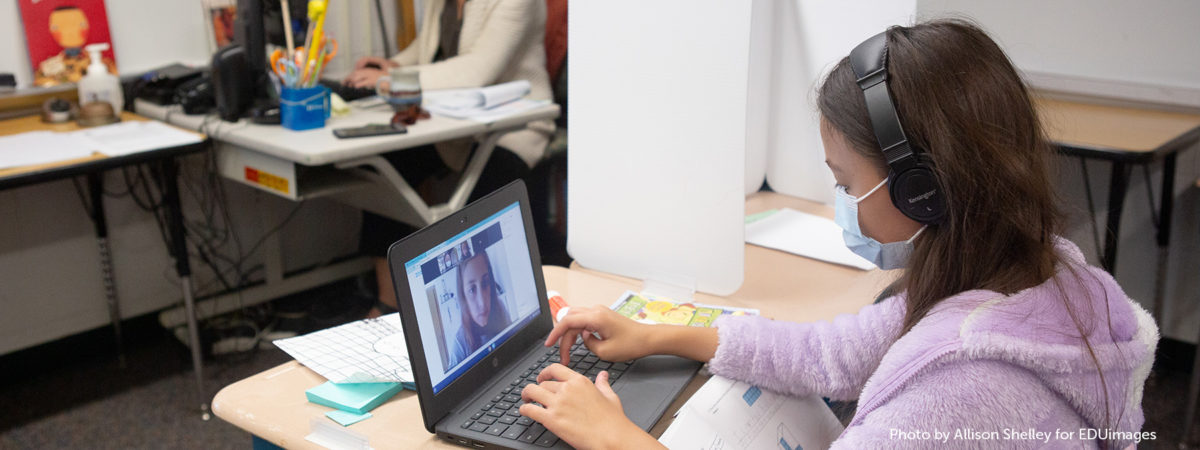
The summer and fall of 2020 were pivotal periods for the Mississippi Department of Education’s (MDE) Mississippi Connects initiative. The program was on a tight timeline to equip every public school student in the state with a digital device and provide the training, connectivity, curriculum, and other resources needed to optimize students’ and teachers’ use of the devices. This effort took place at a time when much of the nation was facing laptop shortages.
To deliver on its promise, the MDE was charged with numerous critical tasks. MDE leaders refined device orders from districts as part of the state’s bulk device purchasing plan. Officials coordinated supply chain and delivery logistics with the technology solutions provider charged with sourcing the devices and making the deliveries. And MDE staff audited purchases and processed reimbursements to local school districts. These efforts were all crucial to Mississippi Connects’ broader vision of providing rigorous, engaging, and secure digital learning experiences to all students in the state.
How did the MDE successfully manage these efforts? The answer is that departmental leaders had established a coalition of diverse stakeholders—including technology vendors, state lawmakers, local school districts, and the state’s nonprofit and philanthropic community. The support of so many stakeholders—each possessing its own area of expertise—enabled the successful distribution of nearly 400,000 computing devices to teachers and students throughout the state. What’s more, as Mississippi Connects took off, leaders at the MDE continued to involve and draw on the expertise of this coalition of stakeholders—a practice that continues to the present.
Leaders at the Mississippi Department of Education kept the Mississippi Connects initiative front-and-center for stakeholders. This meant spending time and energy cultivating personal relationships and making the mechanics of the program visible to stakeholders and the public. Here are some examples of how this worked in practice:
Support from so many corners of the state—and beyond—continues to be important now that Mississippi Connects has moved beyond device distribution to coaching, professional development, data infrastructure and analysis, telehealth, and continued investment in connectivity.
As other districts and states work to close the digital divide, they’d be wise to follow the collaborative approach of Mississippi Connects. The necessary stakeholders will vary from community to community, and strategies for engaging these groups will look different from place to place, as research on effective models for closing the digital divide makes clear. But, the Mississippi Connects effort shows that when done thoughtfully and strategically, breaking down silos and collaborating across sectors can have huge payoffs for students, teachers, and communities.
To learn more about Mississippi Connects and its efforts to narrow the digital divide, visit its website and explore this infographic.
Digital Promise Senior Learning Sciences Researcher, Vanessa Peters Hinton, collaborated with Mississippi Connects on implementation research about the initiative.